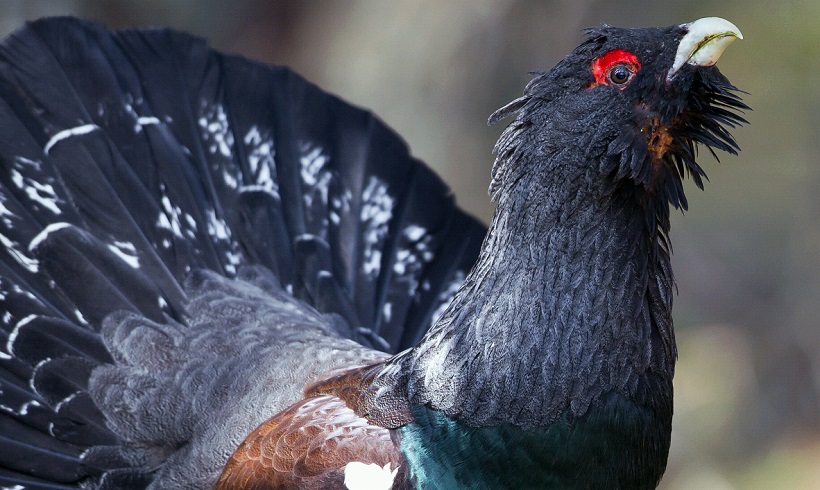As part of our series highlighting the benefits of walking alone we looked at shy animals of the UK hills. Walk alone, tread softly and you might have the opportunity to witness some these creatures that are normally startled by bigger, noisier groups
Ptarmigan
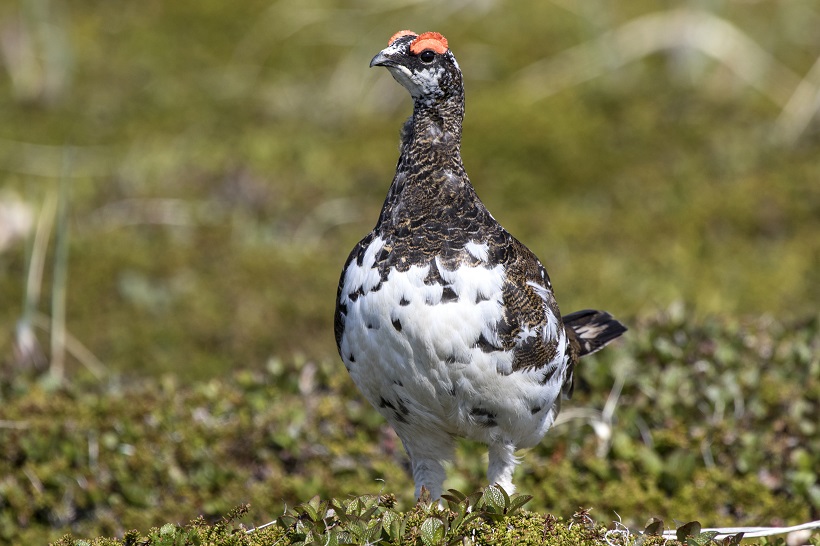
Winter or summer, these scarce gamebirds blend in perfectly among the bleak lichen-covered rock-fields of Scotland’s most remote uplands, and typically sneak out of sight the instant you appear – but just now and then they will “freeze” and offer close-up views if you stumble across them on your own.
Look out for them: Scottish Highlands
Scottish wildcat
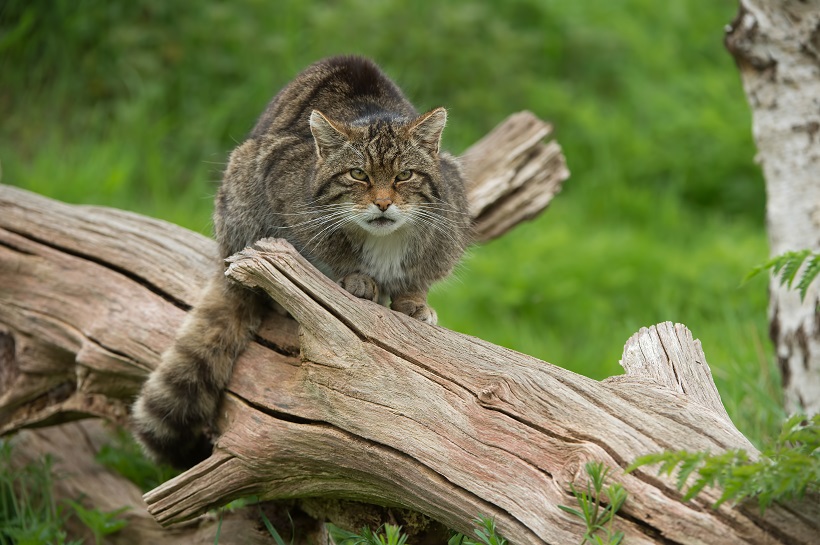
Britain’s only remaining large wild predator and only wild cat, the Scottish wildcat is unique to Britain but only now found in Scotland. Critically endangered, there are thought to be only around 100 left in existence.
Look out for them: Far north and west Highlands
Merlin

You’ll never spot this razor-eyed little falcon before it spots you, though if you approach quietly and below the skyline you can sometimes get within 100m before it flushes and scoots away like feathered lighting.
Look out for them: Upland moorlands
Mountain hare
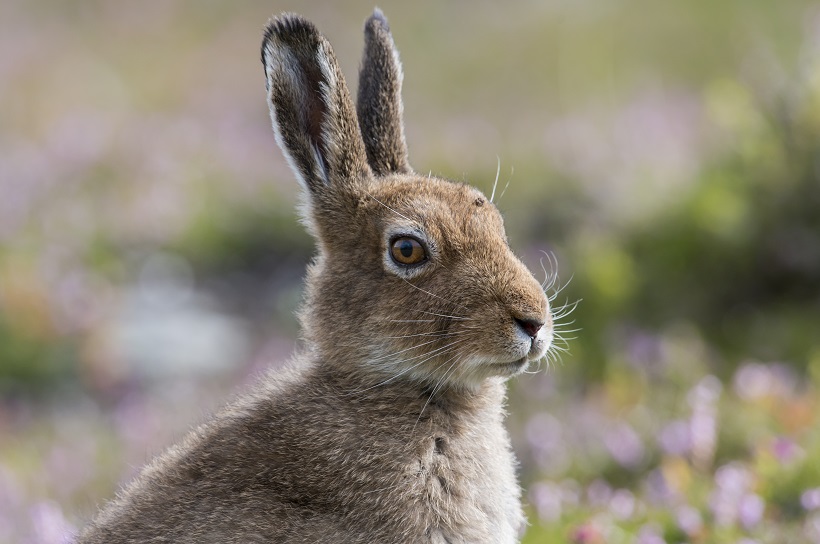
Mountain hares are most visible in spring when the snow is melted but their fur is still white. They are most active at night. During the day, they shelter in shallow depressions in the ground – but when they’re disturbed, will bound energetically across the moors.
Look out for them: Scotland and the Peak District
Otter

Rare but widespread, otters can be found in much of the country, excepting central and southern England. They are lithe swimmers and when on land run with a humpbacked appearance. You’ll need luck on your side to spot one.
Look out for them: West coast of Scotland
RELATED: The benefits of walking in the hills alone
Feral goat
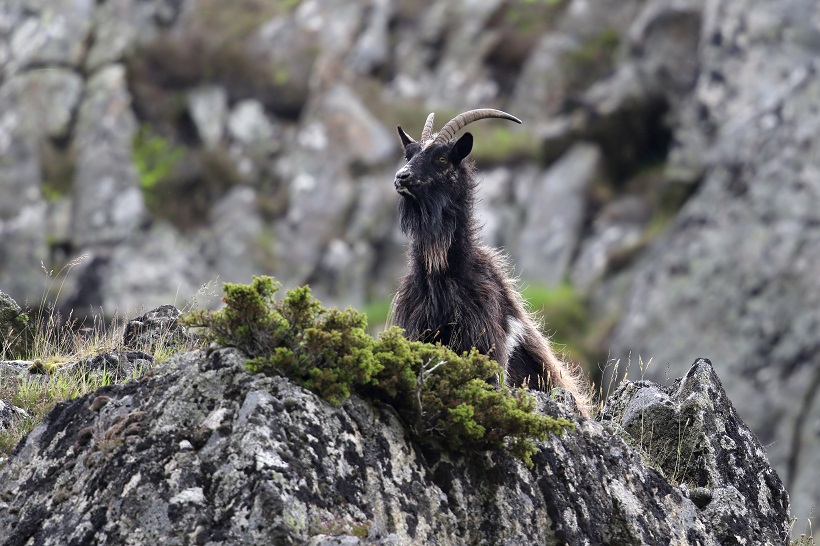
Young are born between January and April, at which point goats are generally found in small family units. Later in the summer the animals come together in bigger herds. Thought to be descended from domesticated goats, they are considered a pest in some areas and occasionally culled.
Look out for them: Rhinogydd, Glyderau, Galloway, Cheviots
Capercaillie
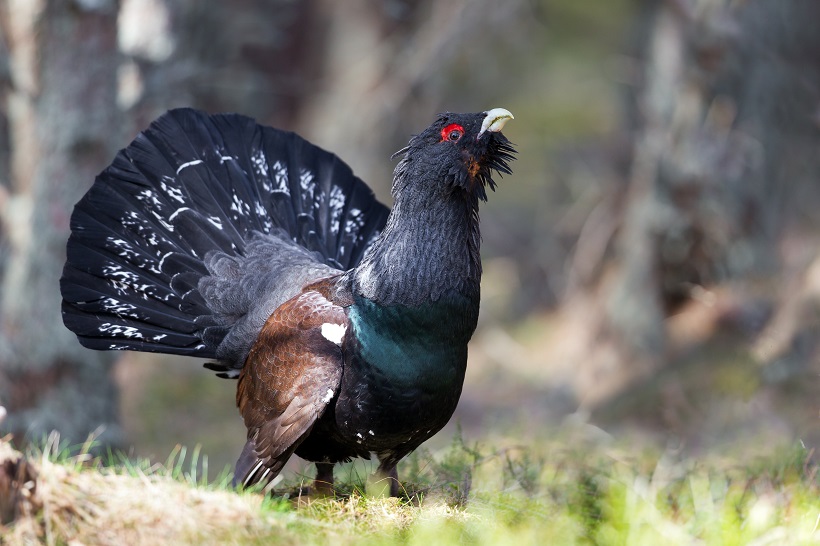
These huge woodland grouse are increasingly rare and a sighting is a real treat. In spring the males come together at a special site called a lek, where they perform impressive displays to attract females. Be careful not to disturb them.
Look out for them: Eastern Highlands
Red squirrel
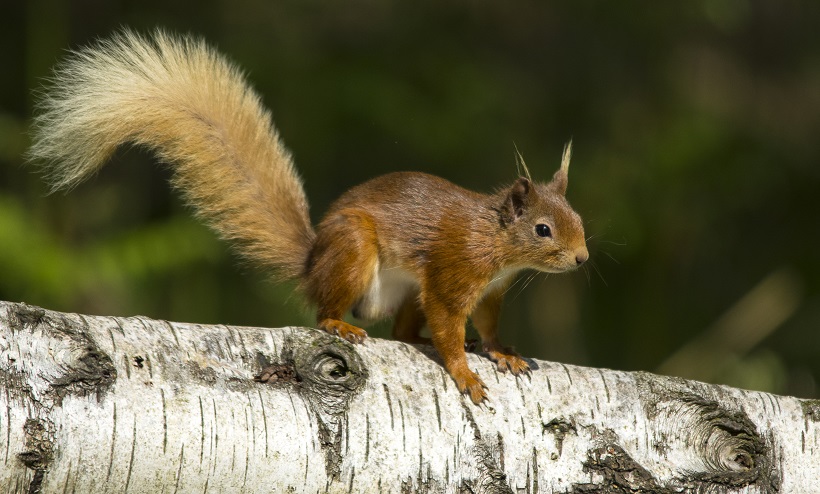
One of the most beloved of native species, red squirrels spend much of their time in tree canopies. In the past, it was possible for them to traverse Scotland without touching the ground thanks to high levels of tree cover.
Look out for them: Northumberland, parts of the Lake District, Southern Uplands, Southern & Eastern Highlands
Images: Shutterstock

